Qucare Total Cholesterol Test | Quick and Simple | 2 Tests
£12.99 Original price was: £12.99.£11.99Current price is: £11.99.
- Complete home cholesterol test kit with 2 tests
- Quick results from simple finger-prick sample
- Includes test strips, blood tubes and lancets
- Clear instructions with video guide
- Helps monitor heart health risk factors
- Suitable for adults
In stock
Designed to check the concentration of total cholesterol in blood. This home health test is perfect for screening and early detection of cholesterol disorders.
What Is Cholesterol
Cholesterol is a soft, waxy substance required for body health. Since it’s not water-soluble, it binds to special proteins called lipoproteins to travel in the bloodstream. There are two main types:
- High-density lipoproteins (HDL) or “good” cholesterol: carries cholesterol away from heart and blood vessels
- Low-density lipoproteins (LDL) or “bad” cholesterol: tends to build up on artery walls
Why Check Your Cholesterol
When cells receive more cholesterol than needed, excess can form deposits in coronary arteries, restricting blood flow to the heart. This condition, arteriosclerosis, is the leading cause of coronary heart disease. Regular monitoring helps reduce the risk of heart attacks and strokes, even in people without current heart disease.
Testing at Home With Qucare
The Qucare Total Cholesterol Test kit includes:
- 2 test strips
- 2 blood tubes
- 4 small needles
How to use:
- Watch the guide video
- Take a small blood sample using the provided needle and tube
- Apply blood to test strip
- Wait for two lines to confirm valid test
- Record results for your doctor
- Test regularly to track levels
How Often to Test
Testing is recommended for adults. Consult your doctor for personalised testing frequency recommendations based on your health profile.
Managing Your Cholesterol
Target levels:
- Normal: below 5.2
- Slightly high: 5.7
- Individual targets vary based on overall health
Management strategies:
- Eat fruits, vegetables, and whole grains
- Exercise regularly
- Avoid harmful fats
- Quit smoking
- Reduce stress
Common Questions
What does high cholesterol feel like?
Most people don’t feel high cholesterol, making regular testing crucial.
Is home testing reliable?
While home tests are useful for monitoring, maintain regular doctor visits and share your results with healthcare providers.
Related Products
3 reviews for Qucare Total Cholesterol Test | Quick and Simple | 2 Tests
| 5 star | 100 | 100% |
| 4 star | 0% | |
| 3 star | 0% | |
| 2 star | 0% | |
| 1 star | 0% |

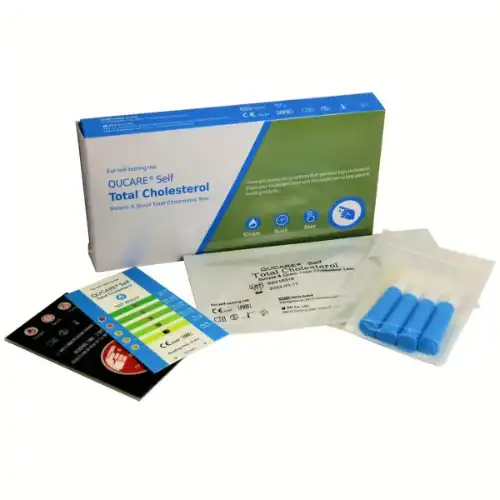
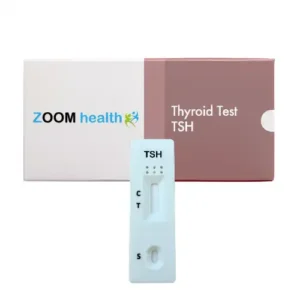
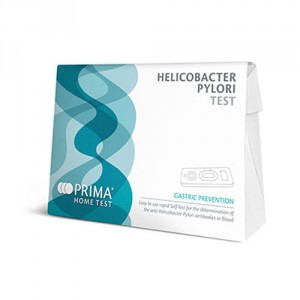
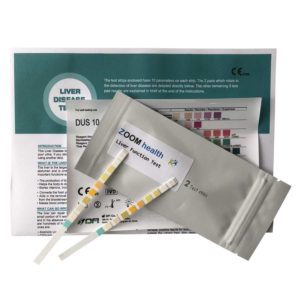
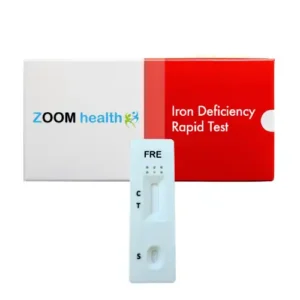
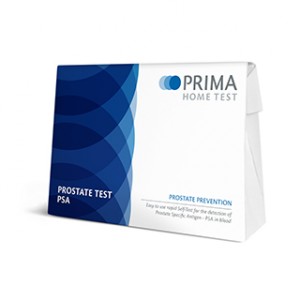
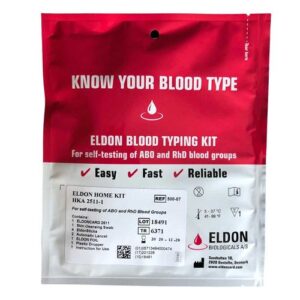
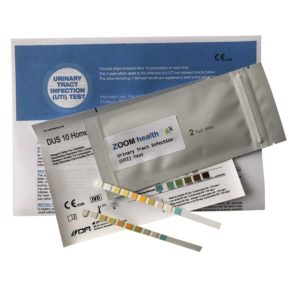
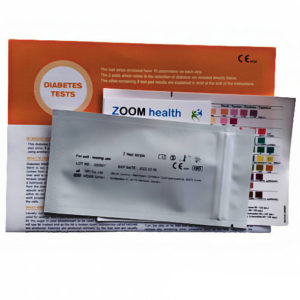

Helen (verified owner) –
All good. Thought I was brave but can’t believe what a wuss I was using the lancet lol! I think it was the spring action that I found scary! One tip. Don’t think you can test the lancet on something else first as they only last once. Oh and it’s not that scary once you use it!
Anonymous (verified owner) –
Alexis –
I have used the Total Cholesterol Blood Test Kit to measure total cholesterol twice now, and both times it was easy to use, and very accurate. The accuracy was always within 5-10% of a follow up laboratory test with my doctor. I have had so much success with the Total Cholesterol Blood Test Kit that I will use this going forward on a regular basis. The test itself is very simple and easy to use as well. The test kit gives me a good indication if I am on the right track with my diet to keep my cholesterol in check. Highly recommend.